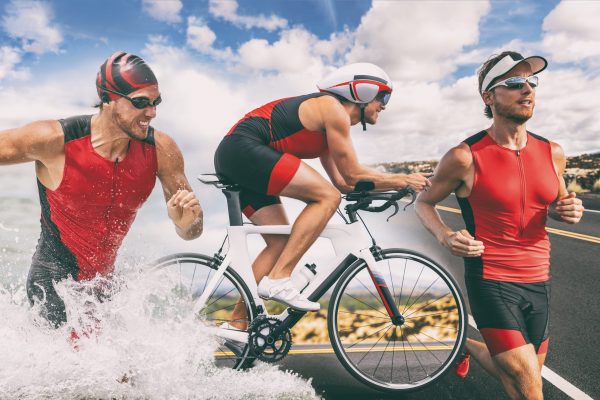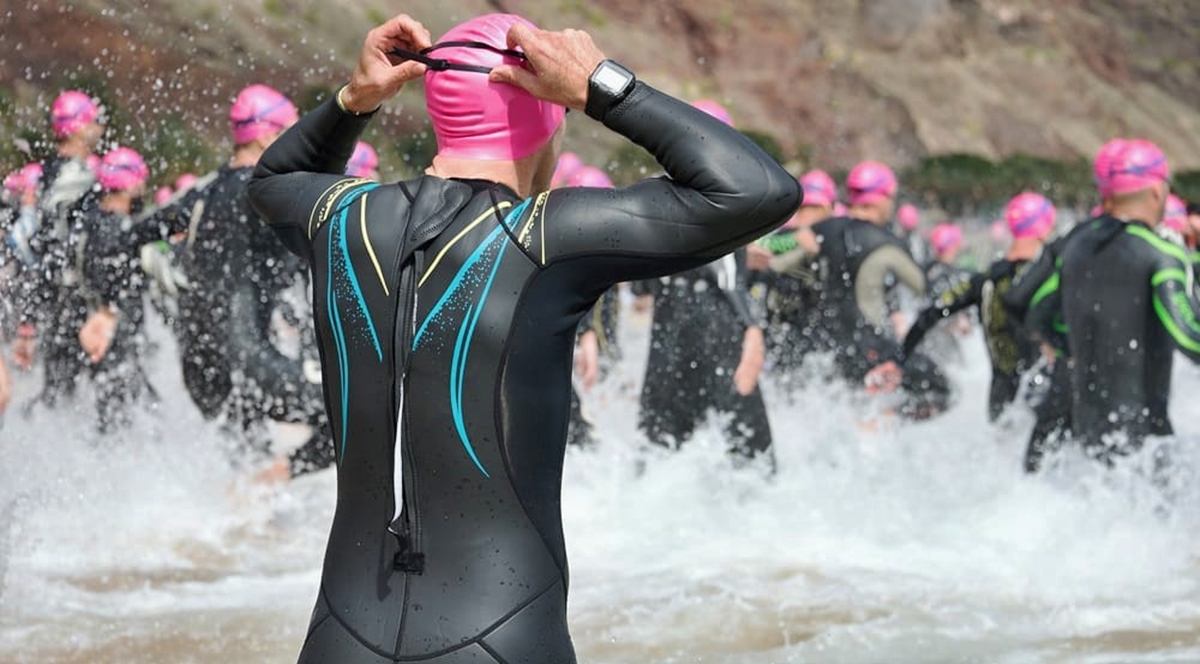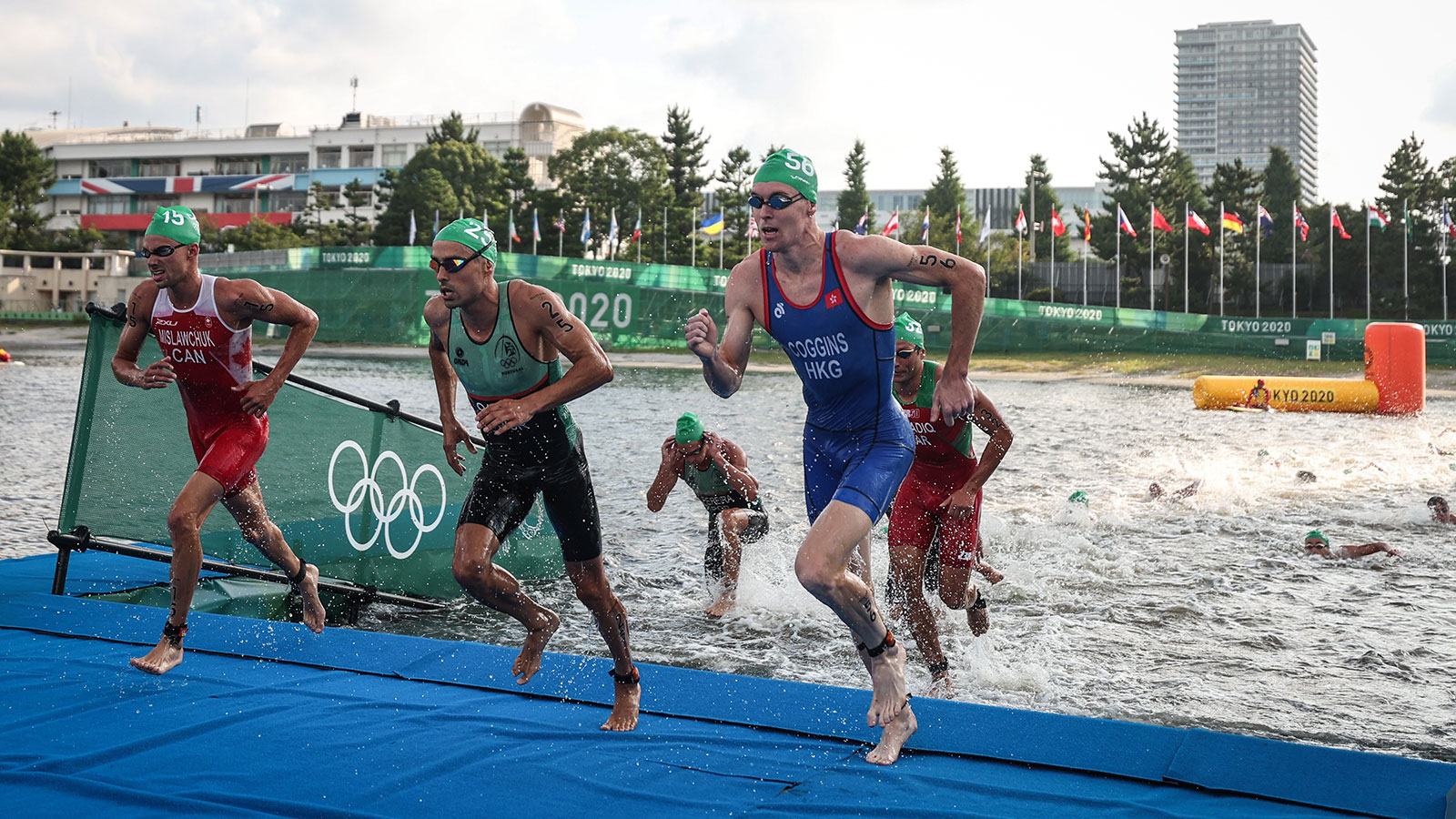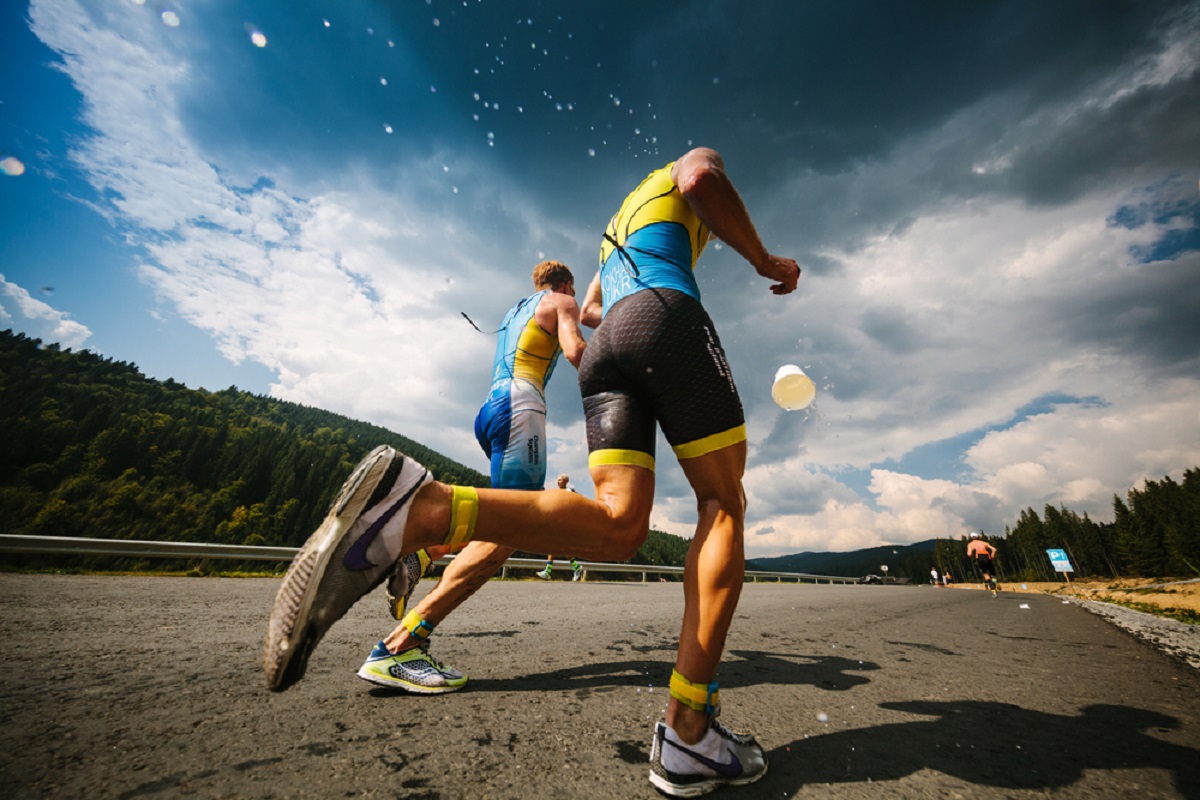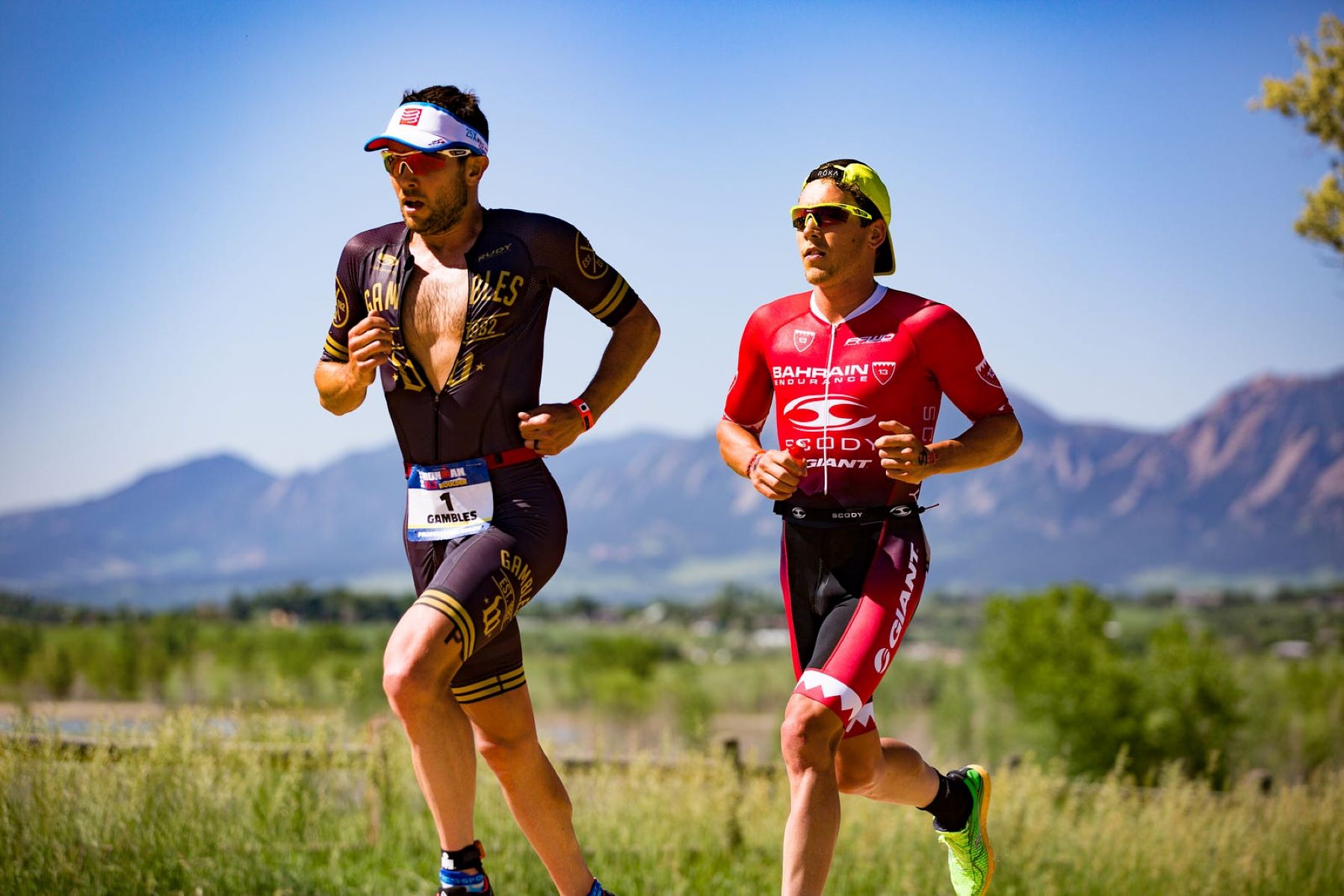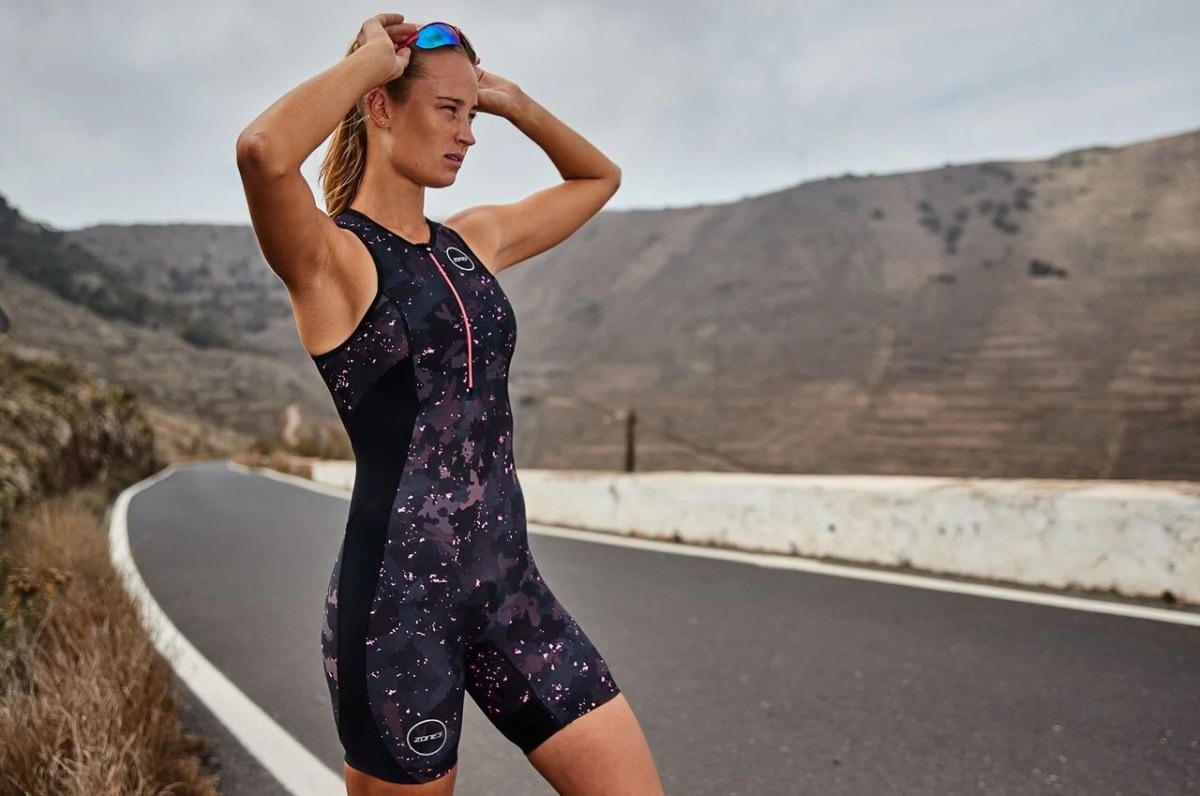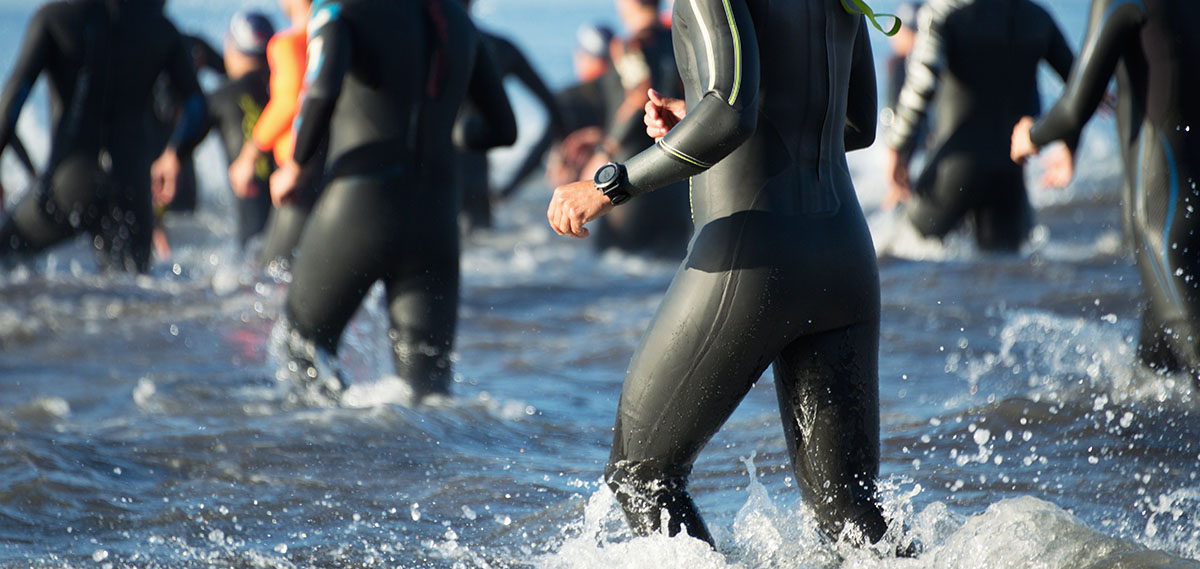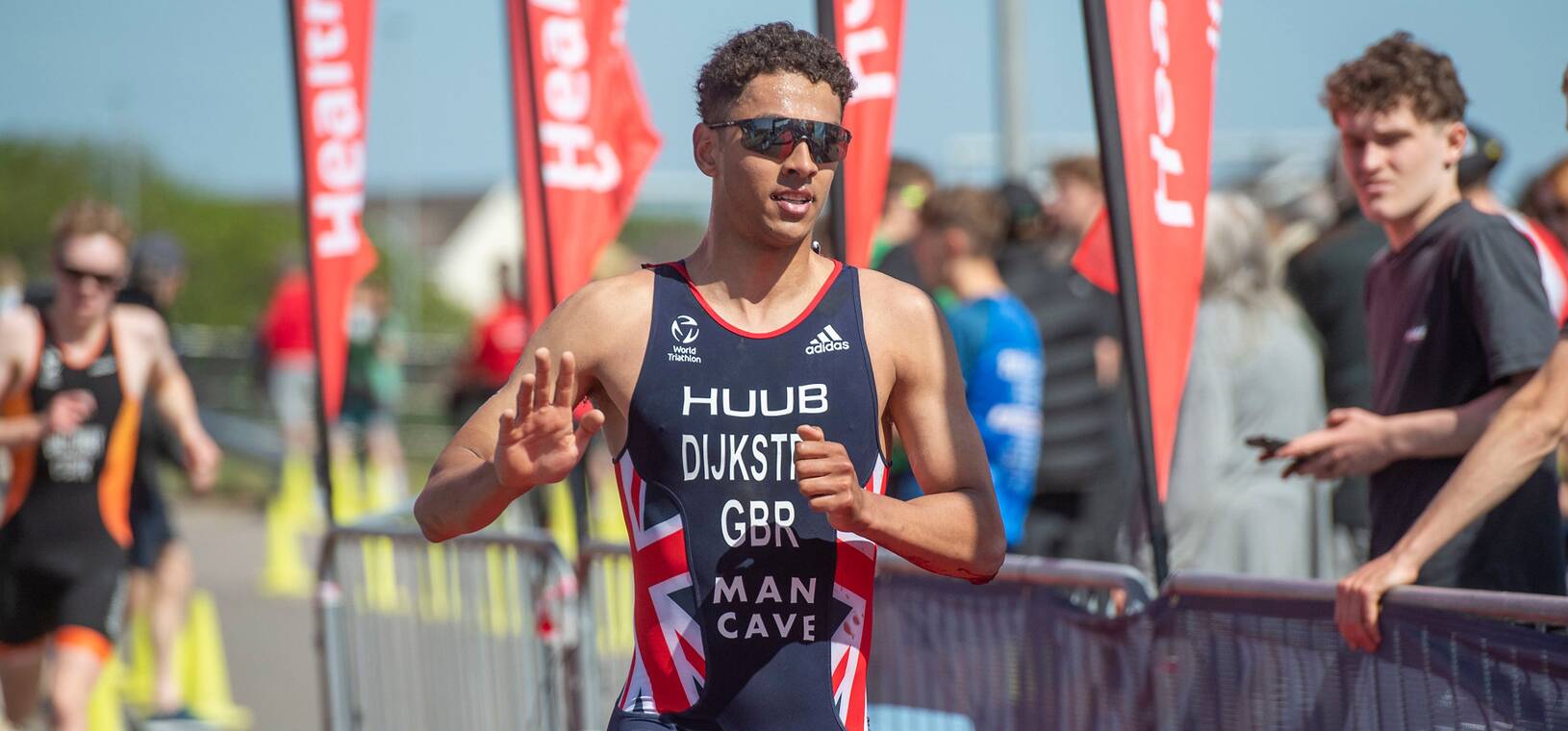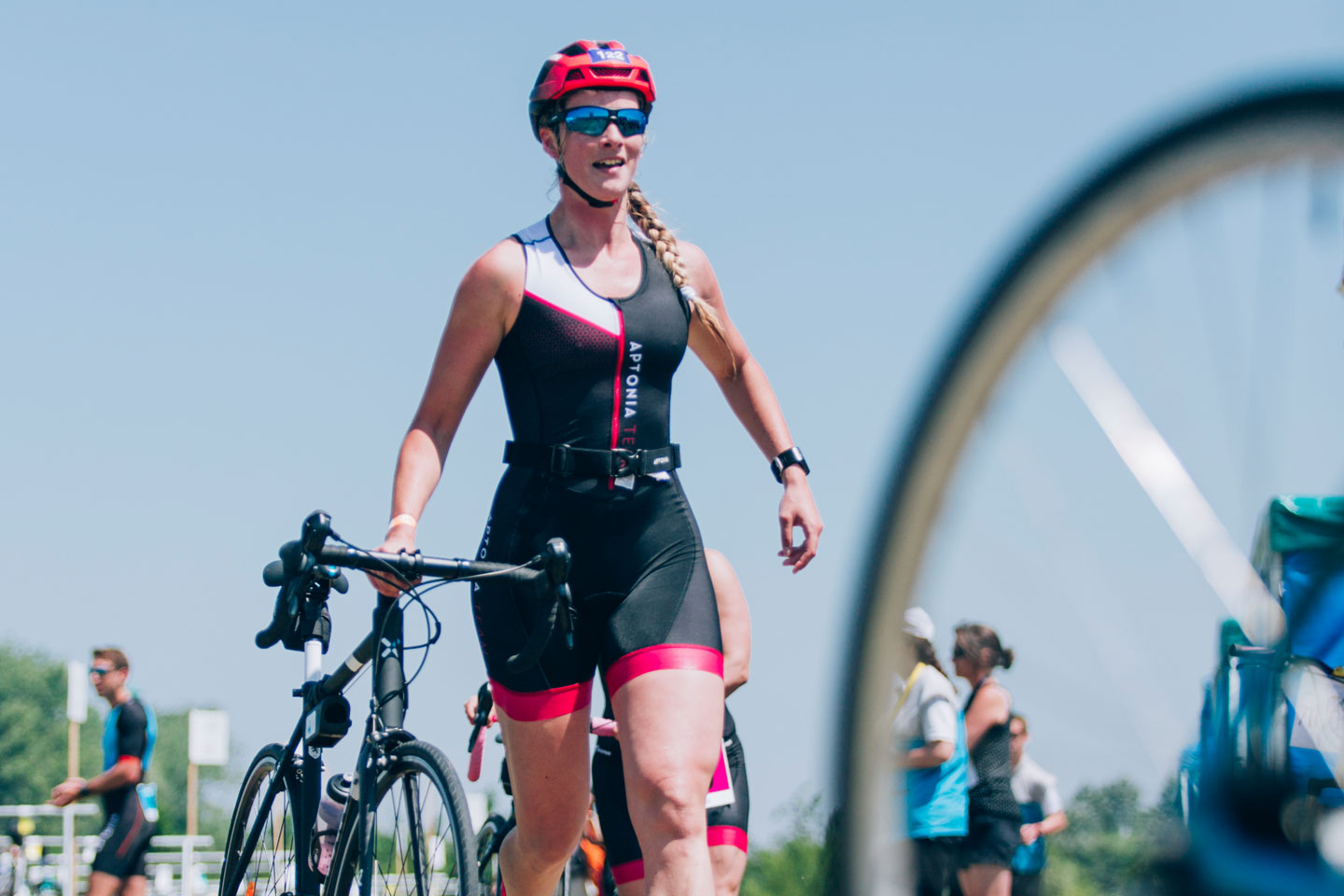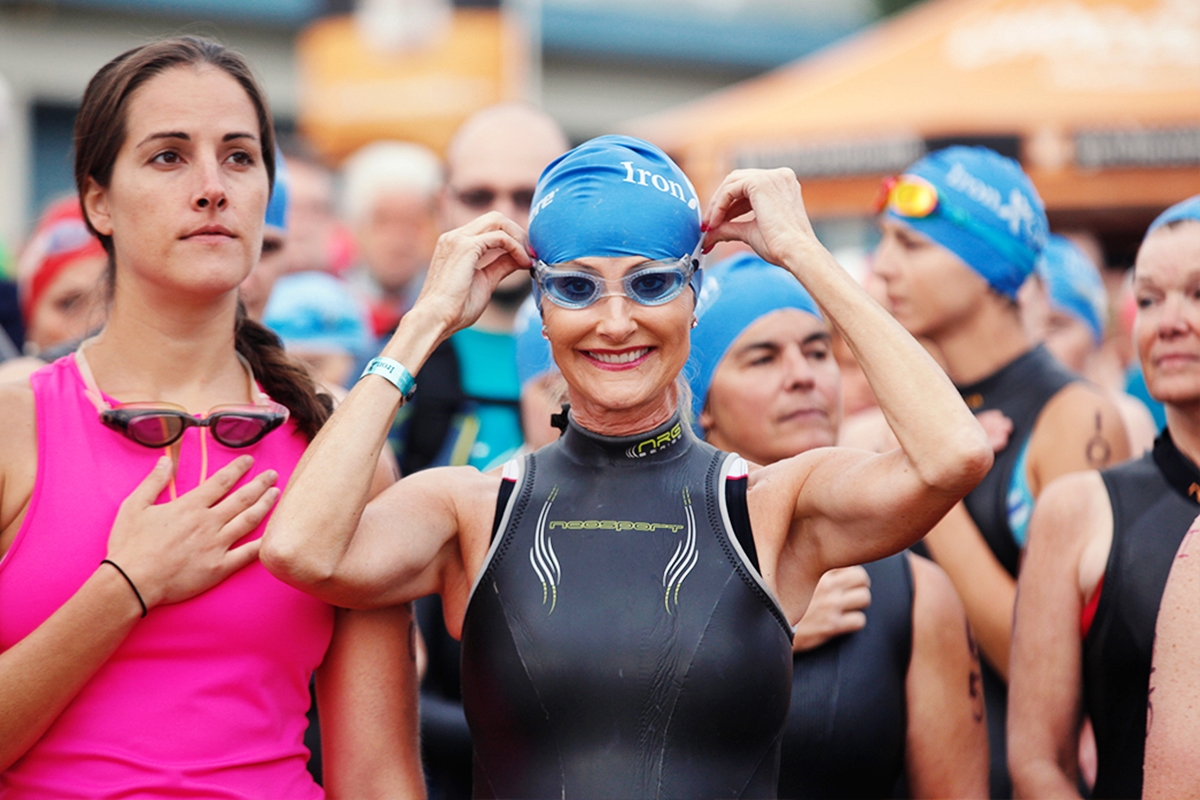

Featured
What To Wear For Triathlon Swim
Modified: January 22, 2024
Discover the perfect attire for your triathlon swim. Get featured recommendations on what to wear to enhance your performance and comfort.
Introduction
Welcome to the world of triathlon! As you embark on this exhilarating journey, it’s important to consider the various factors that contribute to a successful triathlon swim. One key aspect is choosing the right swimwear, as it plays a crucial role in your performance and comfort in the water.
Whether you’re a seasoned triathlete or a beginner, selecting the appropriate swimwear can significantly impact your race day experience. This article will guide you through the decision-making process, covering everything from wetsuits to swim caps and goggles, as well as essential triathlon swim accessories.
Before we dive into the specifics, it’s worth mentioning that finding the right swimwear is a personal choice. What works for one person may not work for another, so it’s essential to consider your preferences, body type, and the race conditions you’ll be facing.
Now, let’s explore the different elements that make up an ideal triathlon swim outfit.
Choosing the Right Swimwear
Selecting the right swimwear for your triathlon is crucial for optimal performance and comfort. Here are some factors to consider when choosing your triathlon swimwear:
- Fit: Look for swimwear that provides a snug fit without being too tight or restrictive. A well-fitting swimsuit reduces drag in the water and allows for a full range of motion.
- Material: Opt for swimsuits made from durable and quick-drying materials such as nylon or polyester. These materials are chlorine-resistant and will hold up well during training sessions and races.
- Style: Choose a swimwear style that you are comfortable with. Options include one-piece suits, two-piece suits, or swim jammers for men. Consider your personal preference and what makes you feel confident and efficient in the water.
- Support: For female athletes, look for swimwear that provides adequate support for your bust. This can be achieved through built-in bras, adjustable straps, or underwire designs. A secure and supportive swimsuit will help you maintain proper form during your swim.
- Chafing Prevention: Consider swimwear with flatlock seams to prevent chafing, especially during longer swims. Look for suits with smooth and seamless construction in areas where rubbing against the skin is common, such as the underarms and inner thighs.
Remember, comfort and performance should be your top priorities when choosing your triathlon swimwear. Take the time to try on different styles and brands, and don’t be afraid to seek advice from experienced triathletes or swim shop specialists to find the perfect fit for you.
Wetsuits for Triathlon Swim
When it comes to triathlon swimwear, wetsuits are a popular choice, especially for open water swims in colder temperatures. Here are some key considerations when selecting a wetsuit:
- Material: Wetsuits are typically made from neoprene, a rubber-like material that provides insulation and buoyancy in the water. Look for high-quality neoprene that offers both flexibility and durability.
- Thickness: Wetsuits come in different thicknesses, typically measured in millimeters. Thicker suits provide increased insulation but may restrict your range of motion. Choose a thickness based on the water temperature and personal preference.
- Fit: A wetsuit should fit snugly but not so tight that it restricts your breathing or movement. The suit should conform to your body without any significant gaps, ensuring optimal thermal efficiency and reducing water drag.
- Range of Motion: Consider wetsuits with flexible panels strategically placed in areas like the shoulders and arms. These panels allow for better range of motion, helping you maintain a smooth and efficient swim stroke.
- Zipper Placement: Decide between a suit with a back zipper or a front zipper. Back zippers are more common and allow for easier entry and removal, while front zippers offer more flexibility and can be advantageous for quick transitions.
- Buoyancy: Wetsuits provide added buoyancy, which helps keep you afloat in the water. This buoyancy can improve your swim strokes and body position, reducing drag and increasing overall efficiency.
- Legal Requirements: Be aware of any restrictions or rules regarding wetsuits in your triathlon event. Some races have specific guidelines on wetsuit usage, depending on water temperature and other conditions.
Try on different wetsuits and consider factors such as brand, price, and customer reviews to find the one that best suits your needs. Don’t forget to practice swimming in your wetsuit before race day to ensure proper fit and comfort.
Swim Caps and Goggles
In addition to swimwear and wetsuits, swim caps and goggles are essential accessories for your triathlon swim. Here’s what you need to know about choosing the right swim caps and goggles:
- Swim Caps: Swim caps serve multiple purposes, including keeping your hair out of your face, reducing drag in the water, and helping with visibility. When selecting a swim cap, consider factors such as material, fit, and color. Silicone caps are durable and provide a snug fit, while latex caps are more affordable but less durable. Choose a bright or contrasting color for improved visibility during open water swims.
- Goggles: Goggles are crucial for clear vision and eye protection during your swim. Here are some factors to consider when choosing goggles:
- Fit: Look for goggles that provide a comfortable and secure fit around your eyes without leaving visible marks. Ensure good suction to prevent water from entering.
- Lens Type: Decide between clear or tinted lenses depending on the lighting conditions and your personal preference. Mirrored lenses can reduce glare in bright conditions.
- Anti-Fog Coating: Opt for goggles with an anti-fog coating to prevent fogging and maintain clear visibility throughout your swim.
- Strap Adjustability: Consider goggles with adjustable straps for a customized fit.
- Prescription Lenses: If you wear prescription glasses, look for goggles with the option to insert prescription lenses or consider getting prescription goggles.
Remember to try on different swim caps and goggles to find the ones that are comfortable and provide a good seal. Investing in high-quality swim caps and goggles will enhance your visibility, protect your eyes, and contribute to an enjoyable and successful triathlon swim.
Triathlon Swim Accessories
In addition to swimwear, wetsuits, swim caps, and goggles, there are several other triathlon swim accessories that can enhance your performance and comfort in the water. Here are a few key accessories to consider:
- Swim Gloves: Swim gloves provide added insulation and improve your grip in the water. They can be particularly beneficial in colder temperatures or for swimmers with hand sensitivity.
- Swim Socks: For open water swims in colder temperatures, swim socks can help keep your feet warm and protect them from abrasions. Look for neoprene or thermal socks that offer insulation while allowing for flexibility.
- Neoprene Swim Caps: In extremely cold water conditions, neoprene swim caps provide an extra layer of insulation and can help keep your head and ears warm. These caps are thicker and offer added protection against the cold.
- Safety Buoy: A safety buoy is a brightly colored inflatable device that you attach to your waist during open water swims. It not only increases your visibility to other swimmers, boaters, and lifeguards but also provides a buoyant support if you need to rest during the swim.
- Earplugs: If you are prone to ear infections or have sensitive ears, consider using silicone earplugs to keep water out of your ears and prevent discomfort.
- Aquatic Lubricant: To prevent chafing and reduce friction during the swim, apply a small amount of aquatic lubricant to areas prone to rubbing, such as the neck, underarms, and inner thighs. This will help prevent painful skin irritation.
- Anti-Chafing Balm: Similar to aquatic lubricant, anti-chafing balms can help prevent chafing and irritation on areas of the body that are more susceptible, such as the neckline, underarms, and groin.
When choosing triathlon swim accessories, consider the specific needs of your swim and the conditions you’ll be facing. Experiment with different accessories during training to ensure they enhance your swim experience without causing any discomfort or hindrance.
Conclusion
Choosing the right swimwear and accessories for your triathlon swim is essential for your comfort, performance, and overall experience. Whether you opt for a wetsuit or prefer a traditional swimsuit, ensure that it fits well, provides the necessary support, and allows for a full range of motion. Don’t forget to consider the material, style, and chafing prevention features when selecting your swimwear.
In colder water temperatures, a wetsuit can provide insulation, buoyancy, and improved hydrodynamics. Make sure to choose a wetsuit that fits properly and allows for maximum flexibility and range of motion.
Swim caps and goggles are crucial accessories that enhance visibility, protect your eyes, and reduce drag. Select swim caps made from durable materials and opt for goggles that provide a comfortable and secure fit, keeping in mind factors such as lens type, anti-fog coating, and strap adjustability.
Additionally, consider other triathlon swim accessories like swim gloves, socks, safety buoys, earplugs, and lubricants to further enhance your performance and comfort in the water. These accessories can address specific needs such as thermal insulation, buoyancy, and protection against chafing.
Remember, when choosing your triathlon swimwear and accessories, it’s important to consider your personal preferences, body type, and the specific conditions of the race. Take the time to try on different options, seek advice from experienced triathletes or swim shop specialists, and practice swimming in your gear before race day.
By carefully selecting the right swimwear and accessories, you’ll not only optimize your performance and comfort but also ensure an enjoyable and successful triathlon swim. So dive in, find what works best for you, and make a splash on race day!
